But the headline additions are the adjustable dual-flow-valve dampers brought in from Swedish suspension superstars Ohlins. And it’s important to make the distinction between ‘adaptive’ and ‘adjustable’. The characteristics of the former are usually altered at the touch of a button handily positioned on the transmission tunnel. On the Polestar Engineered V60 tested here, however, softening the damping characteristics involves opening the bonnet and twisting a pair of gold dials sprouting from the strut towers. And that’s the easy bit: to get at those for the rear axle, you’ll need to jack the car up and remove the protective rubber covers. Talk about esoteric appeal.
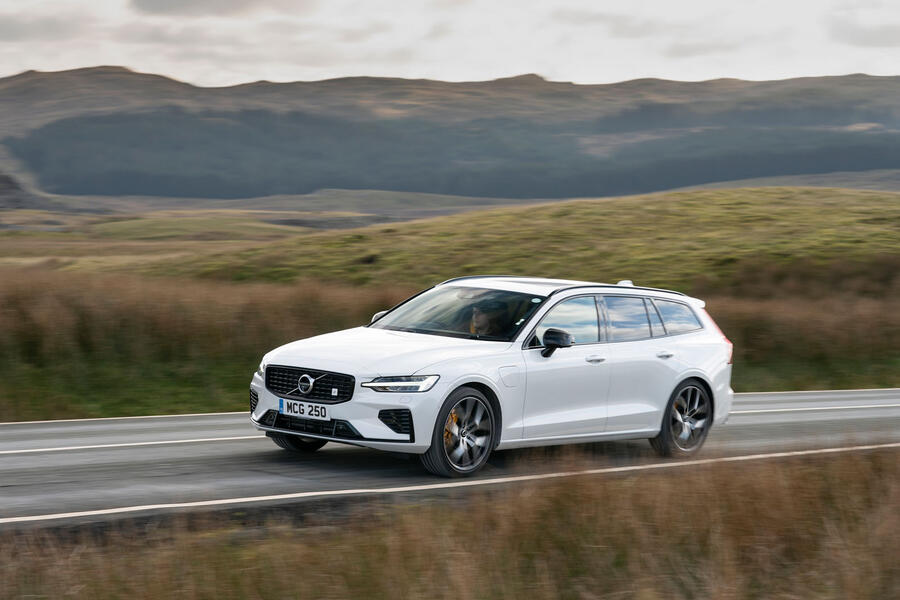

What's it like?
The V60 T8 Twin Engine Polestar Engineered is a confusing car because adjustable dampers are the preserve of track-day specials such as the new Mercedes-AMG GT R Pro. To find them on a hybrid estate is like discovering Isofix points on a Caterham Seven, and difficult not to wonder why exactly Volvo has made this car.
We'll therefore focus on the Öhlins suspension. Of all the additions, it’s the most intriguing, and we've already covered the fundamental T8 Twin Engine powertrain in detail elsewhere.
First, though, there’s a definite improvement in the steering response. The motion is now cleaner as it moves away from centre and it's easier to judge the surprisingly small inputs needed to guide the car along a curving stretch of road. There's also now an extra level of tacticility (most likely from the new Pirelli P Zero tyres, and perhaps the lighter, forged alloys) although ultimately this set-up still lacks the bubbling feedback you'll get from a Mercedes-AMG C-Class or the deadpan accuracy of the helm in an Audi RS4 Avant. But it isn't a bad effort, and is appreciably more engaging than typical Volvo fare.
You notice the new six-piston brakes, too. The biting point is now better defined and the progressive delivery of braking force more linear and simply more resolute. Just like the steering, it's much improved for making smaller inputs and, in broader terms, it's good to see a brand that recently annouced plans to limit every car it makes to 112mph making thoughtful detail revisions that improve the actual driving experience (as well it should, for almost £60,000, but we'll come to that in a moment).
We'll therefore focus on the Öhlins suspension. Of all the additions, it’s the most intriguing, and we've already covered the fundamental T8 Twin Engine powertrain in detail elsewhere.
First, though, there’s a definite improvement in the steering response. The motion is now cleaner as it moves away from centre and it's easier to judge the surprisingly small inputs needed to guide the car along a curving stretch of road. There's also now an extra level of tacticility (most likely from the new Pirelli P Zero tyres, and perhaps the lighter, forged alloys) although ultimately this set-up still lacks the bubbling feedback you'll get from a Mercedes-AMG C-Class or the deadpan accuracy of the helm in an Audi RS4 Avant. But it isn't a bad effort, and is appreciably more engaging than typical Volvo fare.
You notice the new six-piston brakes, too. The biting point is now better defined and the progressive delivery of braking force more linear and simply more resolute. Just like the steering, it's much improved for making smaller inputs and, in broader terms, it's good to see a brand that recently annouced plans to limit every car it makes to 112mph making thoughtful detail revisions that improve the actual driving experience (as well it should, for almost £60,000, but we'll come to that in a moment).
Now, the dampers themselves. They can be moved through 22 clicks, with position zero the firmest. Bury deep enough into the digital owner’s manual, accessed via the 9.0in touchscreen, and you can even find some official recommendations. The default factory setting calls for position six at the front and nine at the rear. There are also suggestions for comfort (12 and 15, respectively) and performance (two and four), although the same manual contradicts itself by also recommending that the front and rear axles always be set to the same position.
Ultimately it's not clear, and you're expected to play around. In fact, if you buy one of these cars and don’t at least once set the front to 22 and the rear to zero, you're probably not the target customer.
As for a set-and-forget combination, it's best to stick to bigger numbers for British roads and certainly avoid any single-figure digits. The factory setting is simply too firm although, this being Öhlins, it’s rarely brittle. Again, this is an important distinction. These dampers deliver a level of control and precision so palpable that it can be easily appreciated even as you’re being shaken about as if someone had swapped in the chassis from the Lamborghini Aventador SVJ but left the estate body. The movements are abrupt and often too punishing for a car like this, but you could never say they were brutal, as you would of the C-Class AMGs in their most uncompromising suspension modes.
We didn’t have time to get the car jacked up and start fiddling with the rear dampers, but we did play with those at the front, where anything between 18 and the maximum 22 seems to work best on the road and just about saves the V60 Polestar Engineering's skin as an everyday proposition. The improvement in ride quality is marked, in fact, the immediacy of the movements dissipating but the control and precision lingering on. And if you drive exclusively on challenging A-roads at speeds just above the national limit, I'd say there's not a comparable car in terms of practicality and performance that rides with this much polish, although outright agility clearly remains a somewhat abstract concept for Volvo.
That's where the other £60,000 performance estates really get the better of the V60 Polestar Engineered. They can't drive 25 miles on electric power alone, or glide into any environment in such unassuming fashion, but their motorway ride is certainly no worse and they would simply drive away from the Volvo on any road and in any conditions with a combination muscle, lateral grip and even more confidence-inspiring controls. Luscious vertical body control simply isn't enough to elevate the Volvo.
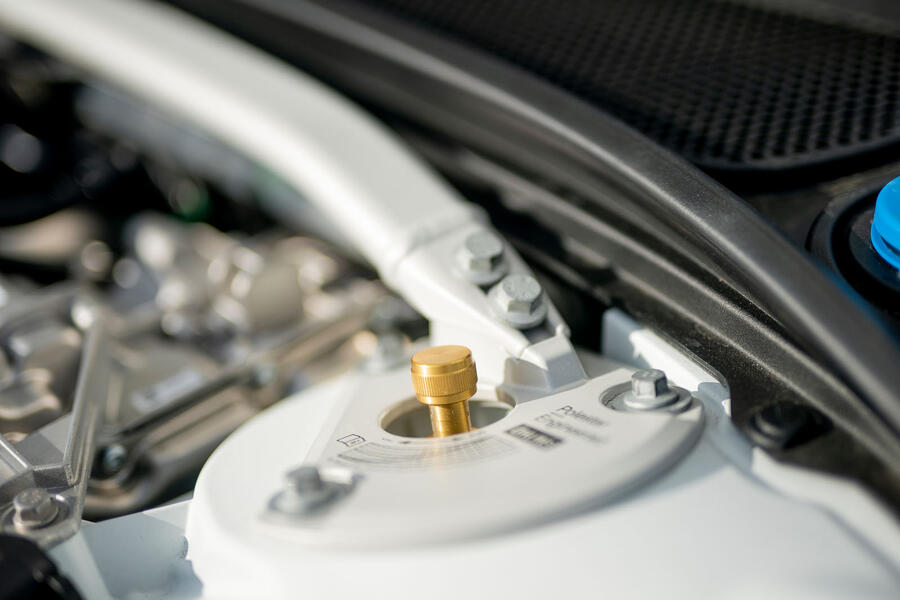
Ultimately it's not clear, and you're expected to play around. In fact, if you buy one of these cars and don’t at least once set the front to 22 and the rear to zero, you're probably not the target customer.
As for a set-and-forget combination, it's best to stick to bigger numbers for British roads and certainly avoid any single-figure digits. The factory setting is simply too firm although, this being Öhlins, it’s rarely brittle. Again, this is an important distinction. These dampers deliver a level of control and precision so palpable that it can be easily appreciated even as you’re being shaken about as if someone had swapped in the chassis from the Lamborghini Aventador SVJ but left the estate body. The movements are abrupt and often too punishing for a car like this, but you could never say they were brutal, as you would of the C-Class AMGs in their most uncompromising suspension modes.
We didn’t have time to get the car jacked up and start fiddling with the rear dampers, but we did play with those at the front, where anything between 18 and the maximum 22 seems to work best on the road and just about saves the V60 Polestar Engineering's skin as an everyday proposition. The improvement in ride quality is marked, in fact, the immediacy of the movements dissipating but the control and precision lingering on. And if you drive exclusively on challenging A-roads at speeds just above the national limit, I'd say there's not a comparable car in terms of practicality and performance that rides with this much polish, although outright agility clearly remains a somewhat abstract concept for Volvo.
That's where the other £60,000 performance estates really get the better of the V60 Polestar Engineered. They can't drive 25 miles on electric power alone, or glide into any environment in such unassuming fashion, but their motorway ride is certainly no worse and they would simply drive away from the Volvo on any road and in any conditions with a combination muscle, lateral grip and even more confidence-inspiring controls. Luscious vertical body control simply isn't enough to elevate the Volvo.

Should I buy one?
Polestar Engineered is an interesting concept, but also an awkward one. The marque clearly wants to create a halo effect for its regular saloon and estate models, and it also wants to challenge in the highest performance bracket of those markets – against the Audi RS, Mercedes-AMG and BMW M models, which sell well and have lately become dream marketing fodder.
Being attractive, fast and expensive, the Polestar Engineered in some ways ticks those boxes. But the challenge is that, in staying true to its broader strategy, Volvo has only four cylinders and electric motors with which to make headlines at a time when, really, you still need six in this class and the less mass the better.
Consequently, it has turned to weapons-grade chassis extras to justify the price, improving ultimate performance and pace but narrowing the car's bandwidth in everyday driving. This Polestar Engineered V60 moves supremely well at a canter, majoring on traction and with gilded body control, and there's now a good level of precision in the steering and response in the throttle, but it feels as though the suspension is in part ameliorating the weight of the battery and overall it's simply not exciting enough compared with rivals. It's also too stiff too much of the time for UK roads.
Call me a luddite, but I can't help feel that these Ohlins dampers, fitted to the non-hybrid T5 V60, would have resulted in a similarly imperfect but even more effective, attainable car, and perhaps one more special.
Volvo V60 T8 Twin Engine Polestar Engineered specification
Where Northampton Price £57,205 On sale Now Engine 4 cyls, 1969cc, turbocharged, supercharged, petrol, plus electric motor Power 314bhp at 6000rpm (petrol), 86bhp (electric), 381bhp (combined) Torque 317lb ft at 4500rpm (petrol) Gearbox 8-spd automatic Kerb weight 2079kg Top speed 155mph 0-62mph 4.6sec Fuel economy 113-166mpg (WLTP) CO2 48g/km Rivals Audi RS4, Mercedes-AMG C63 Estate
Consequently, it has turned to weapons-grade chassis extras to justify the price, improving ultimate performance and pace but narrowing the car's bandwidth in everyday driving. This Polestar Engineered V60 moves supremely well at a canter, majoring on traction and with gilded body control, and there's now a good level of precision in the steering and response in the throttle, but it feels as though the suspension is in part ameliorating the weight of the battery and overall it's simply not exciting enough compared with rivals. It's also too stiff too much of the time for UK roads.
Call me a luddite, but I can't help feel that these Ohlins dampers, fitted to the non-hybrid T5 V60, would have resulted in a similarly imperfect but even more effective, attainable car, and perhaps one more special.
Volvo V60 T8 Twin Engine Polestar Engineered specification
Where Northampton Price £57,205 On sale Now Engine 4 cyls, 1969cc, turbocharged, supercharged, petrol, plus electric motor Power 314bhp at 6000rpm (petrol), 86bhp (electric), 381bhp (combined) Torque 317lb ft at 4500rpm (petrol) Gearbox 8-spd automatic Kerb weight 2079kg Top speed 155mph 0-62mph 4.6sec Fuel economy 113-166mpg (WLTP) CO2 48g/km Rivals Audi RS4, Mercedes-AMG C63 Estate







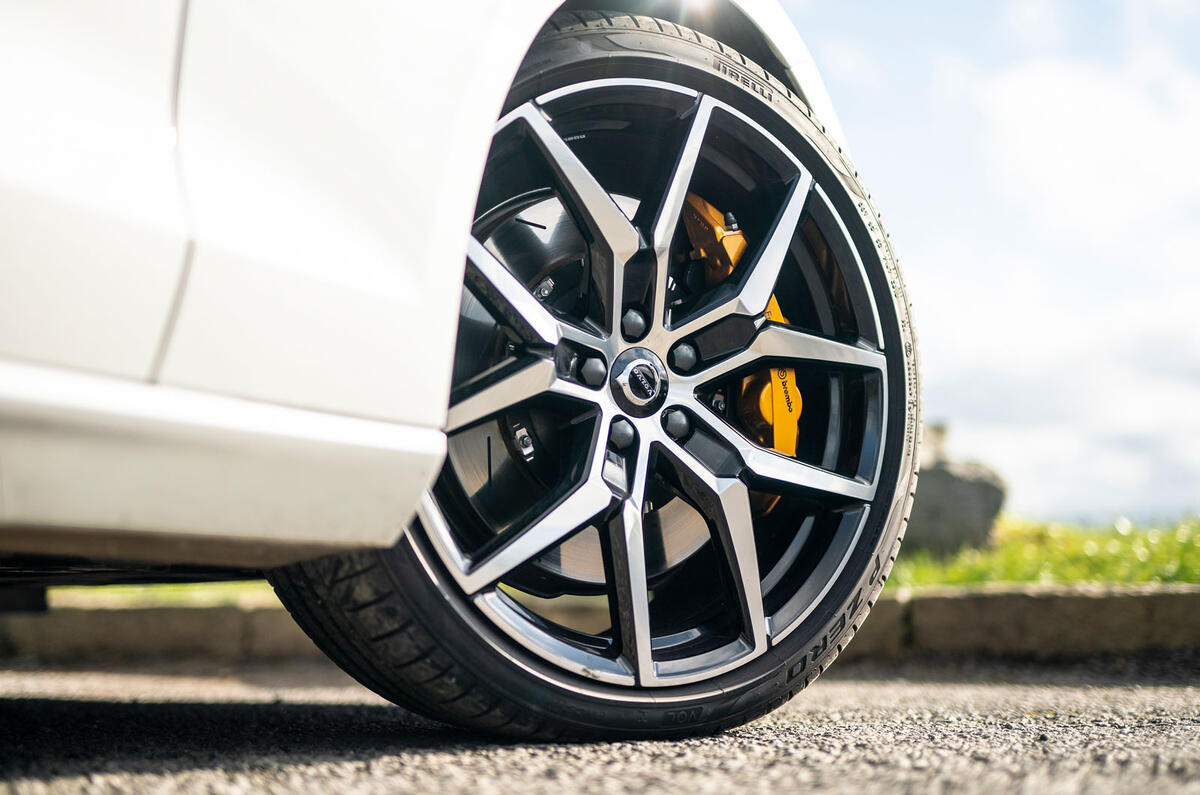


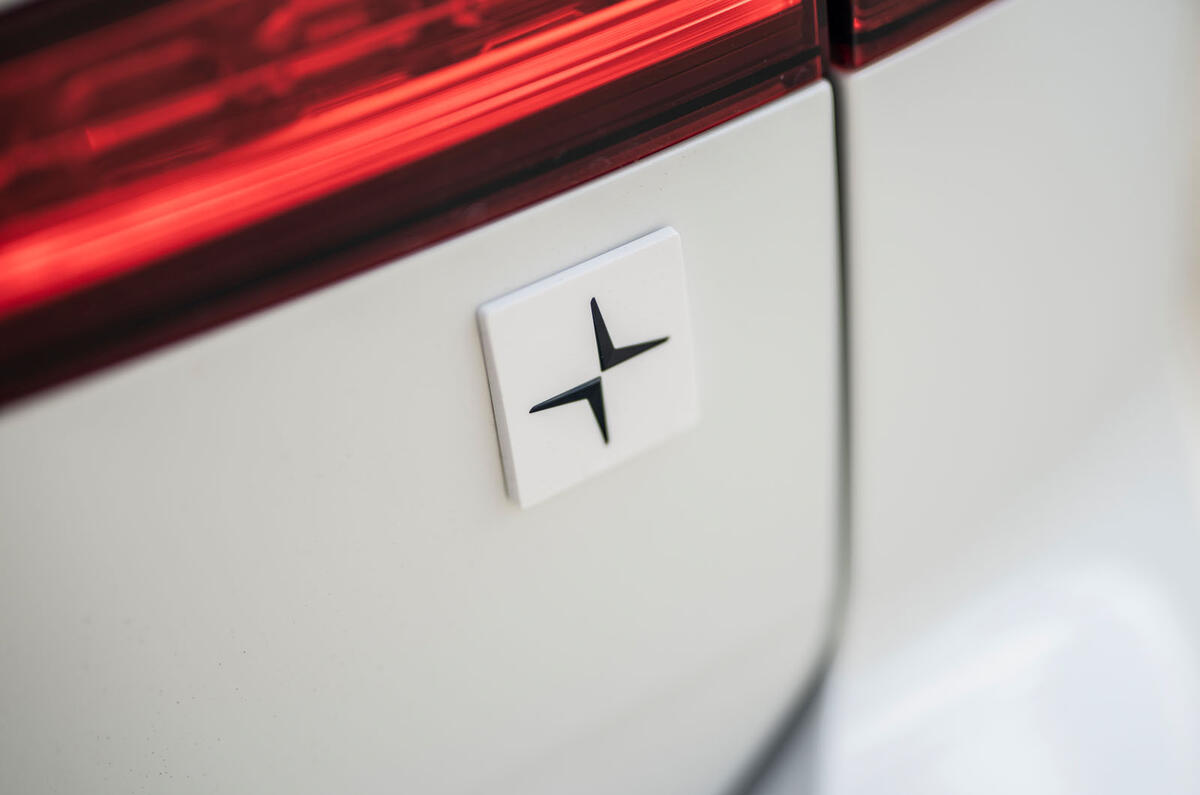
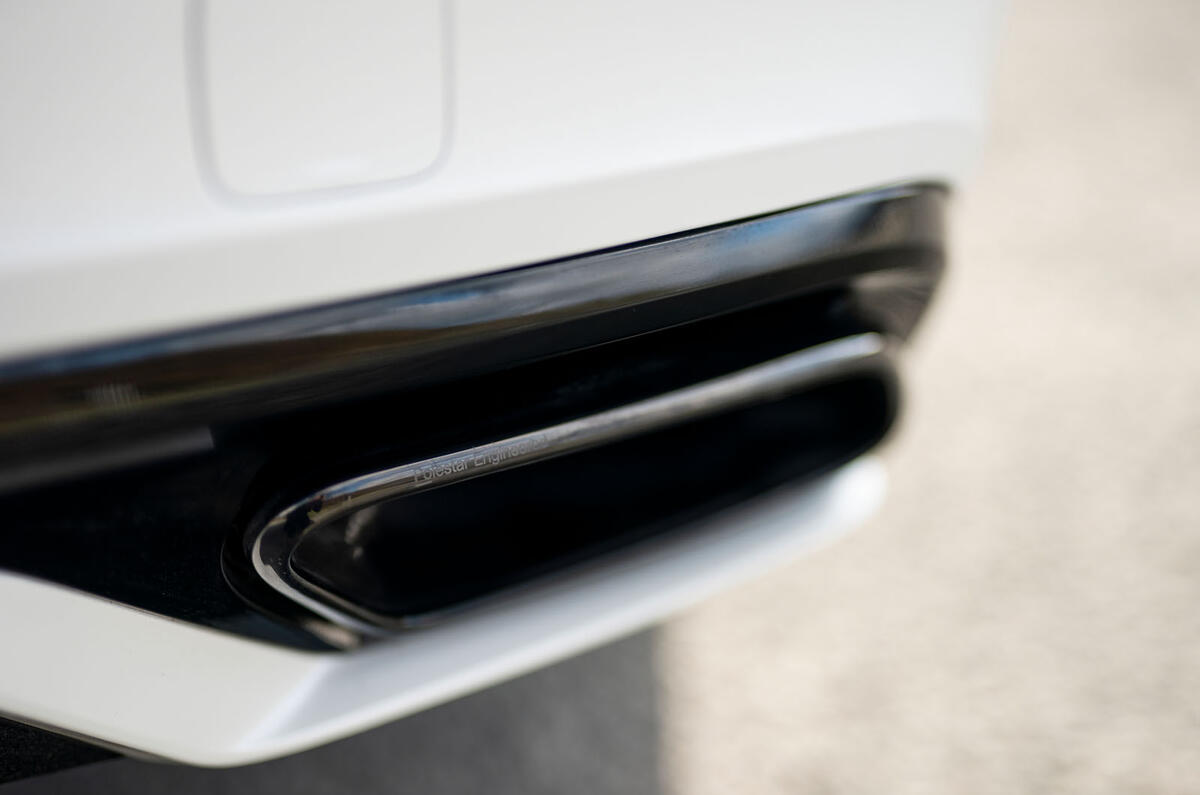

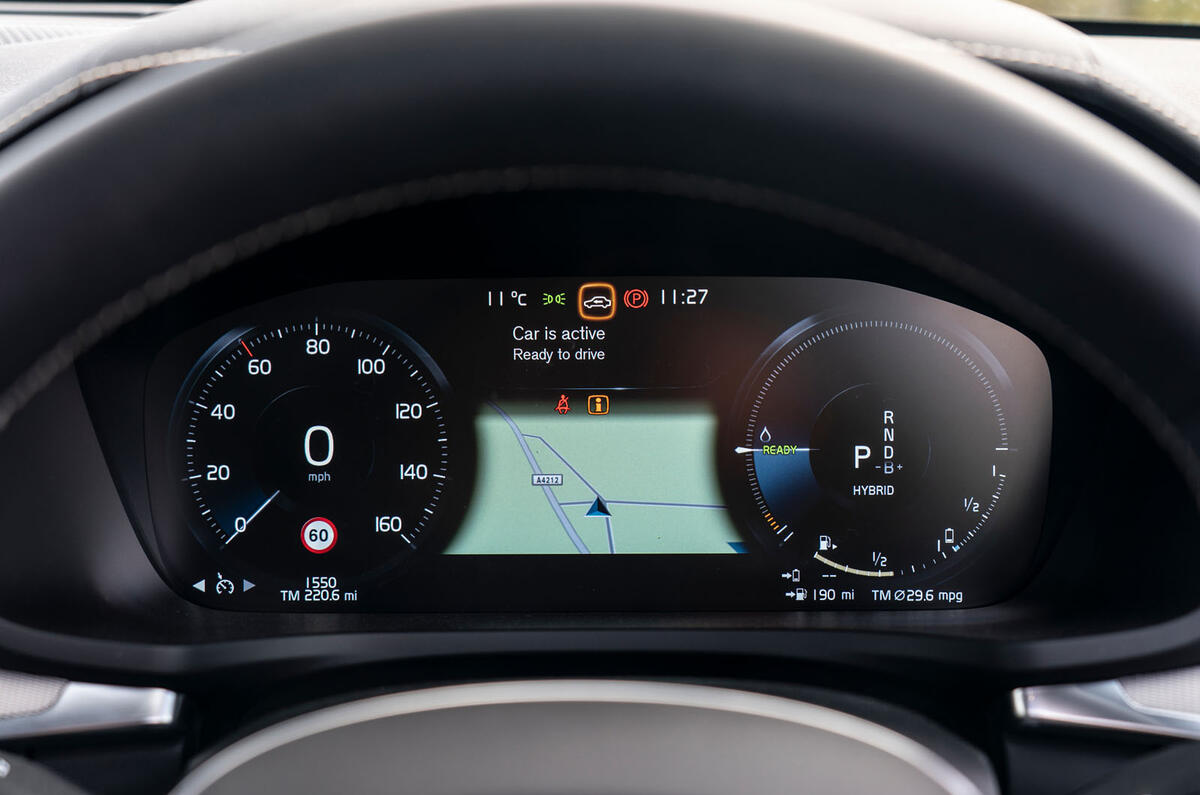



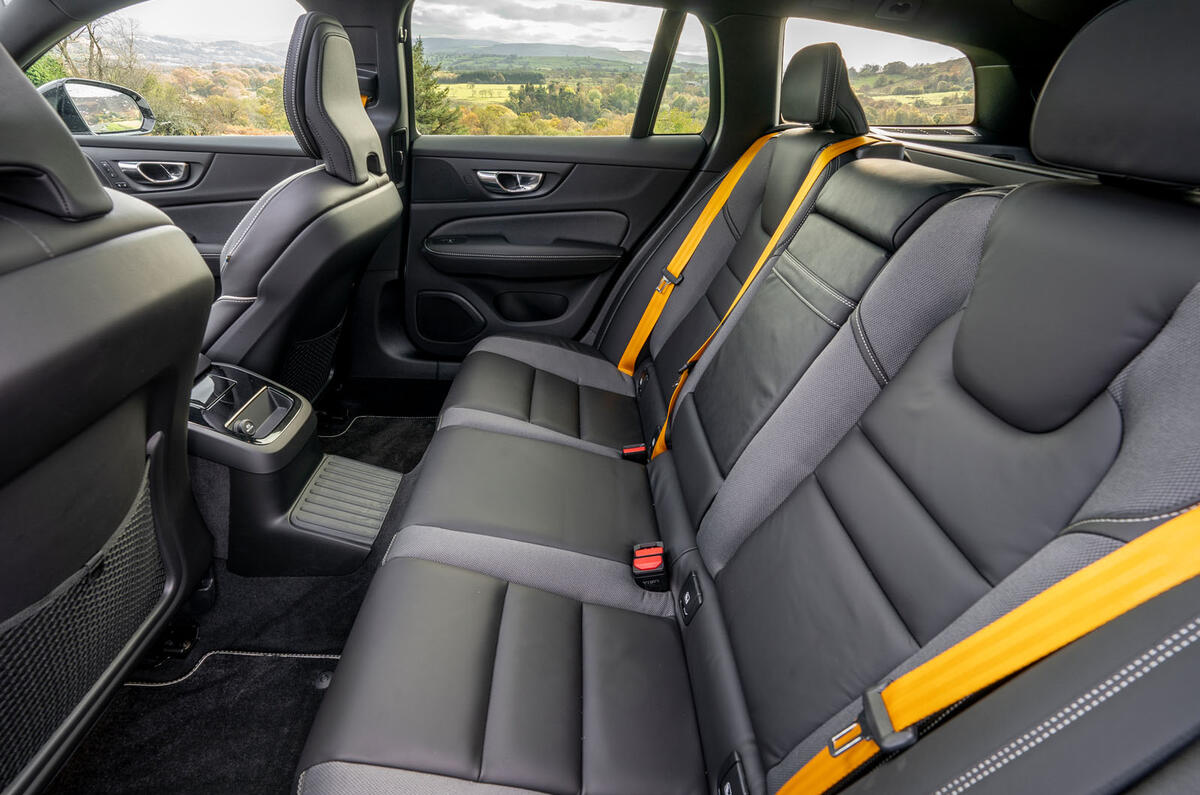

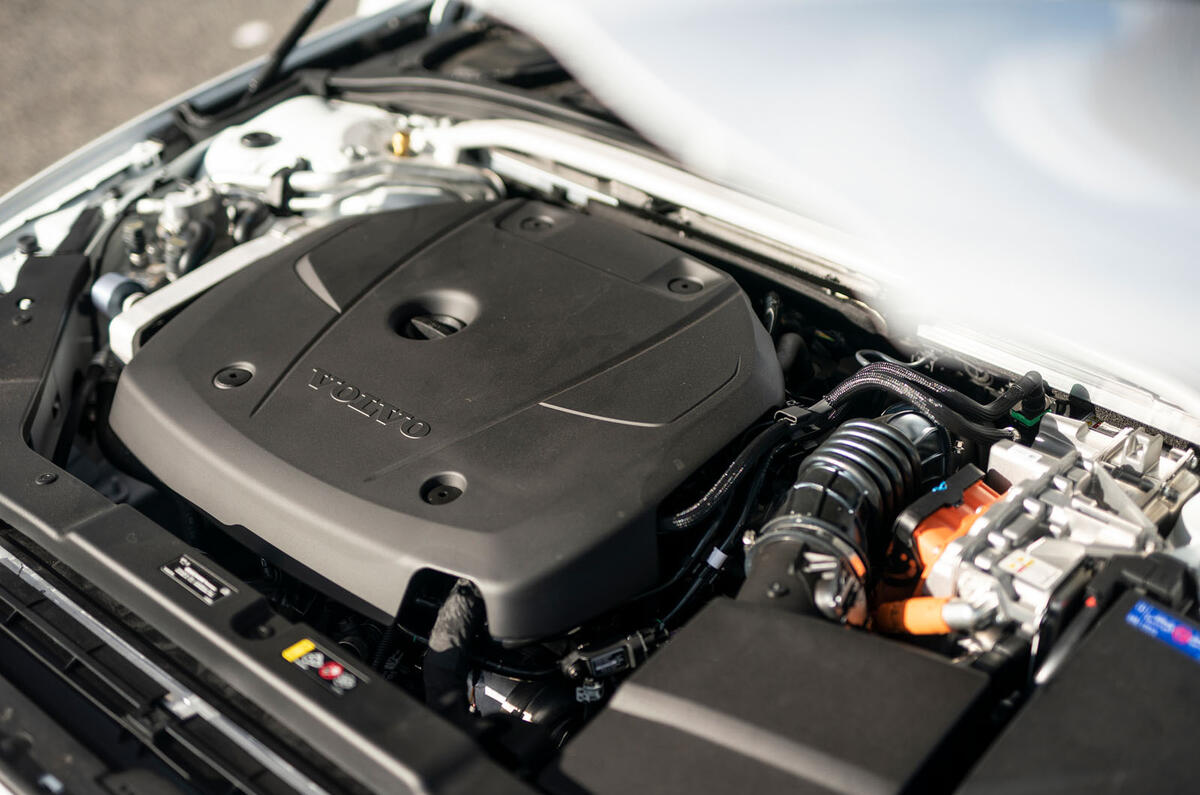
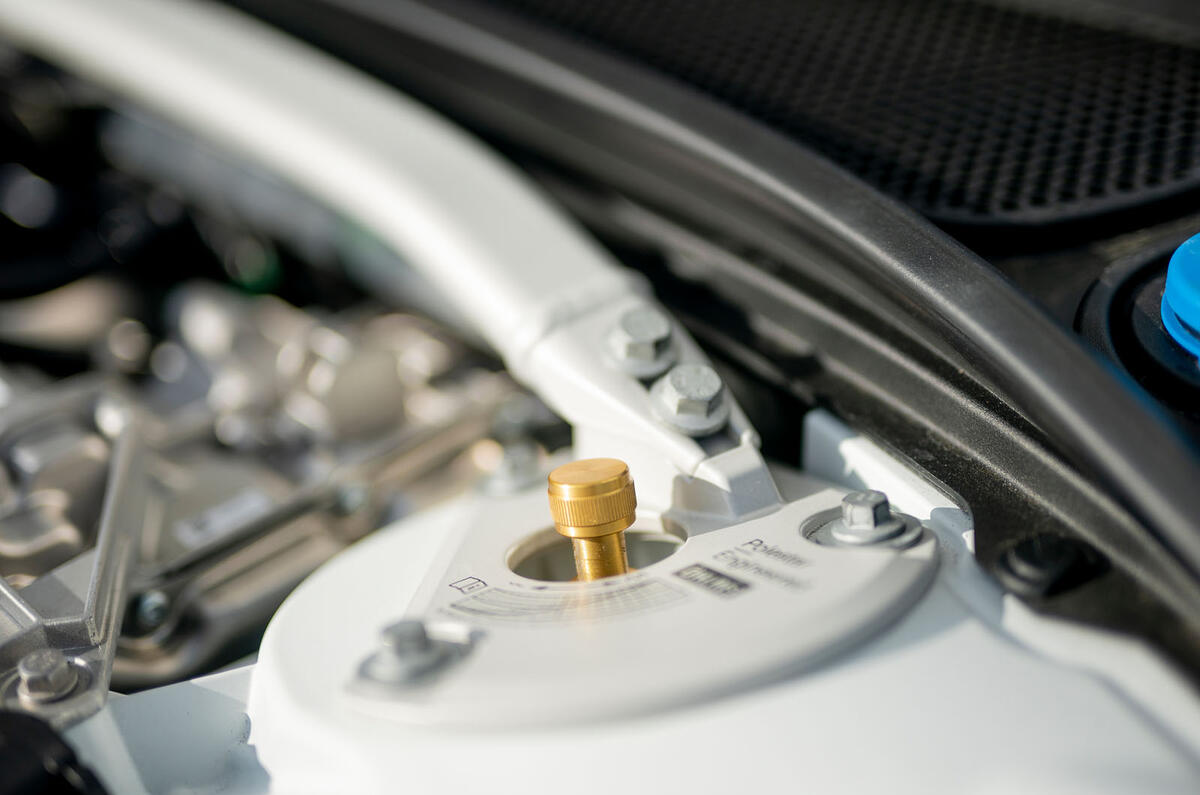
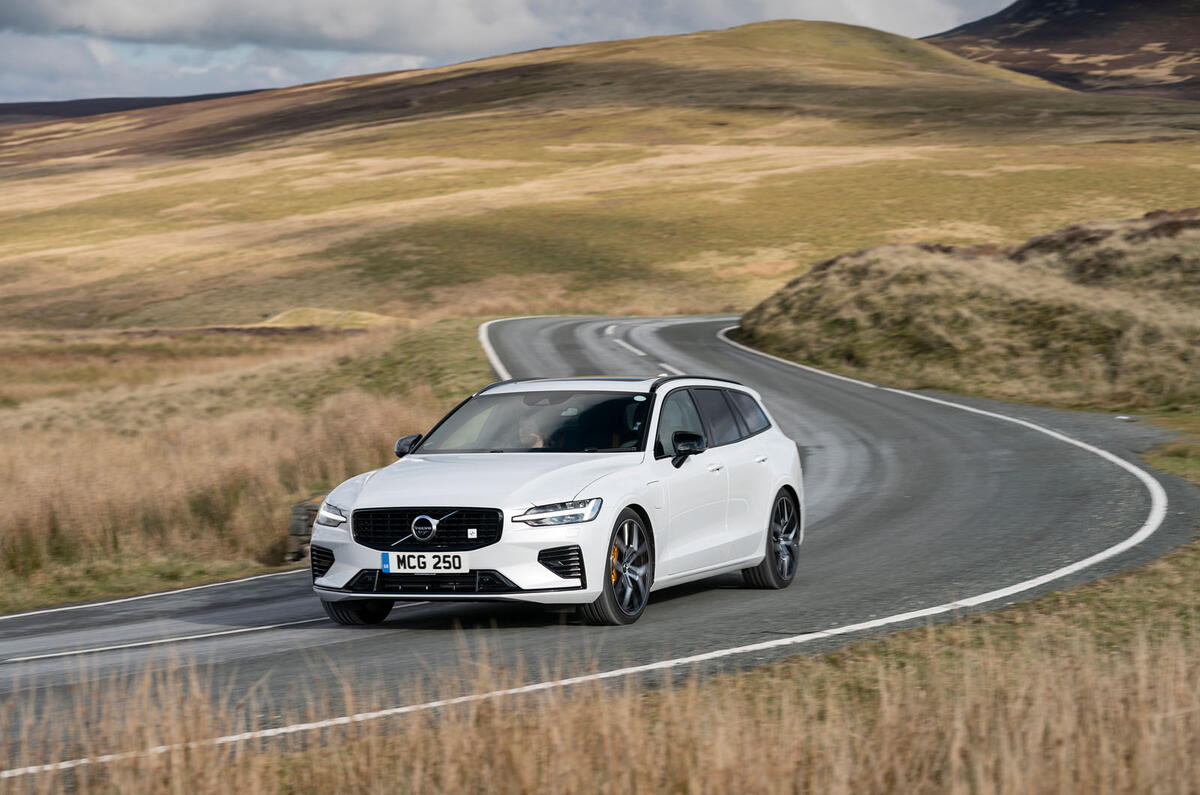
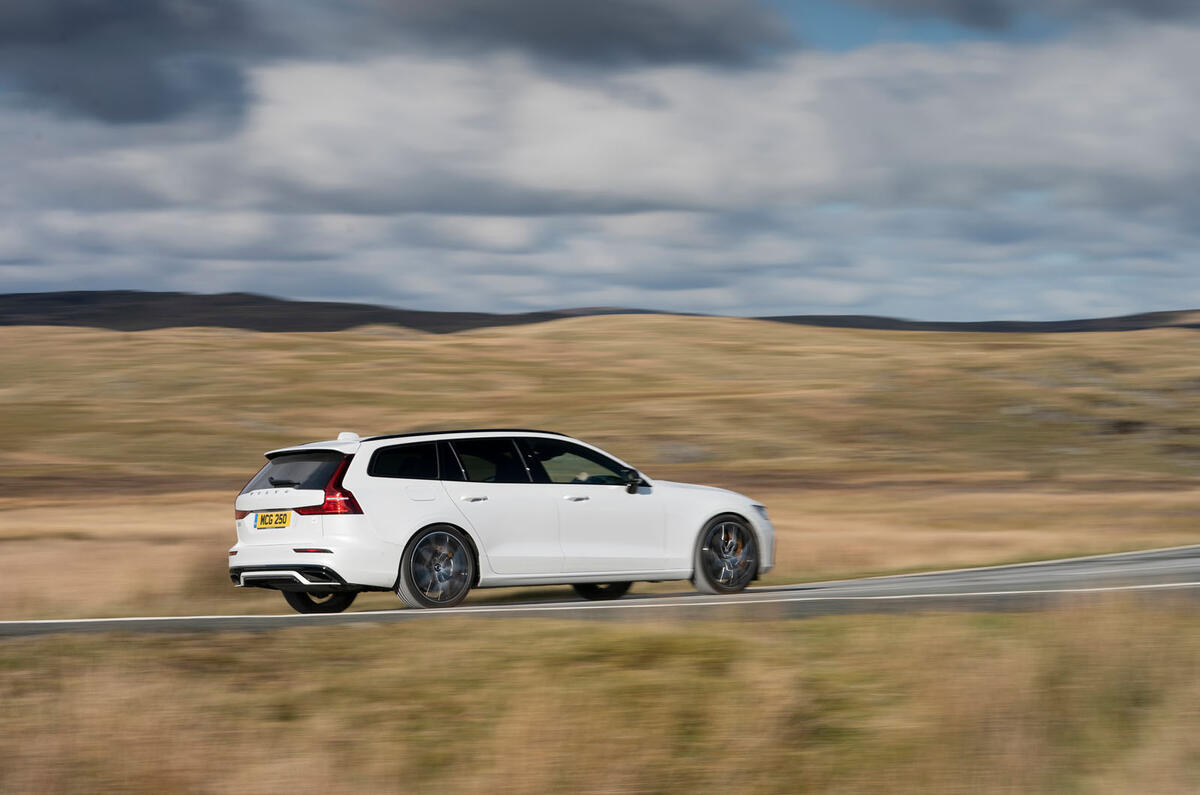
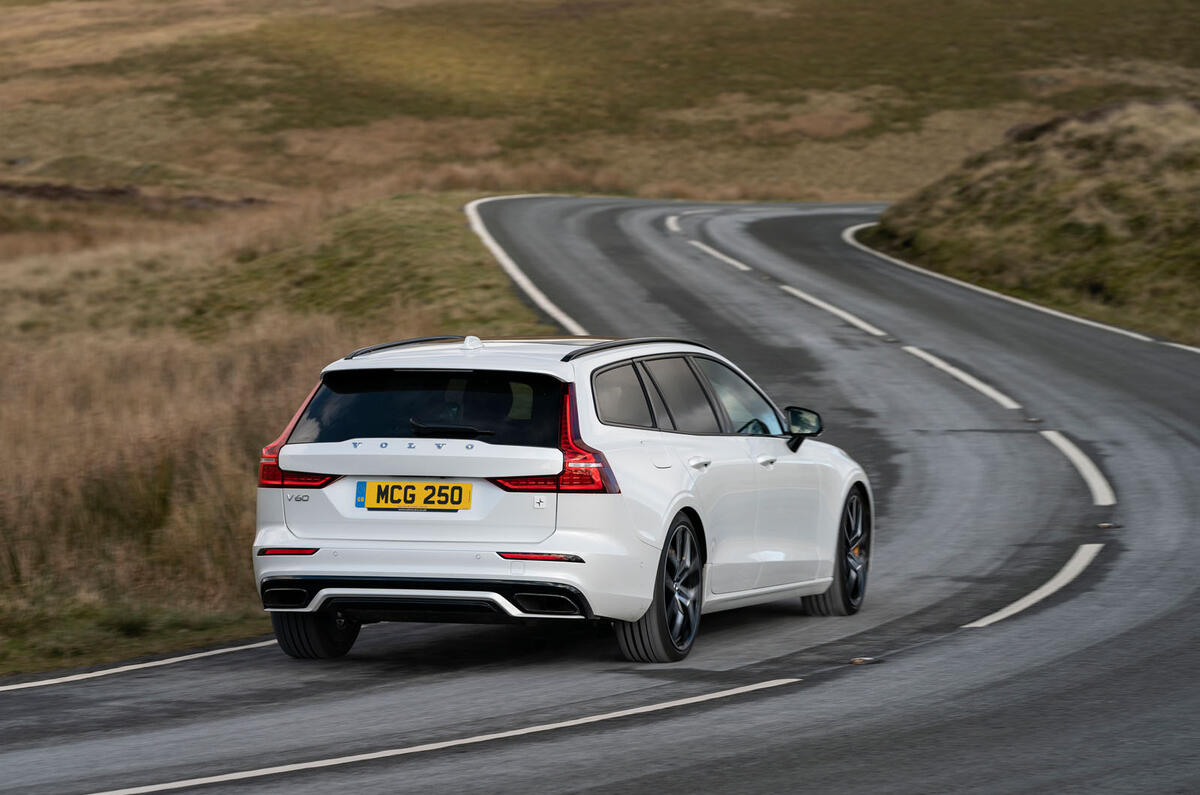
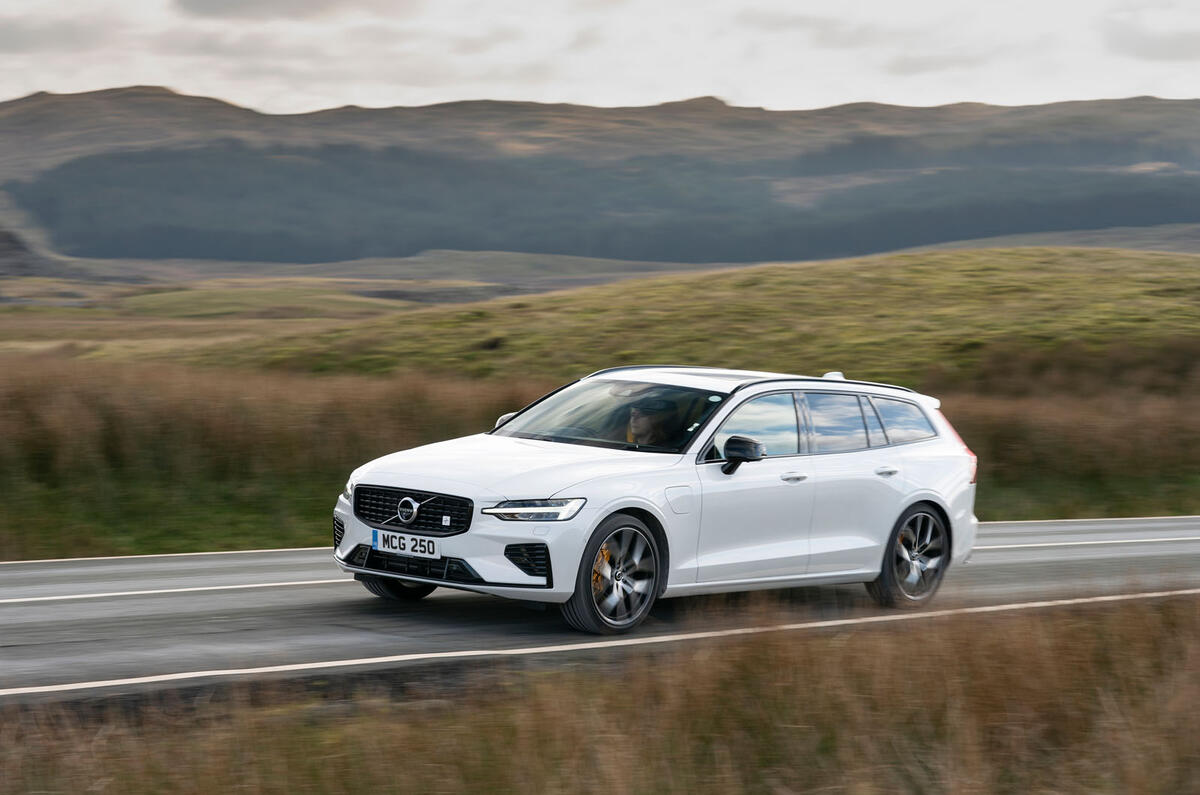
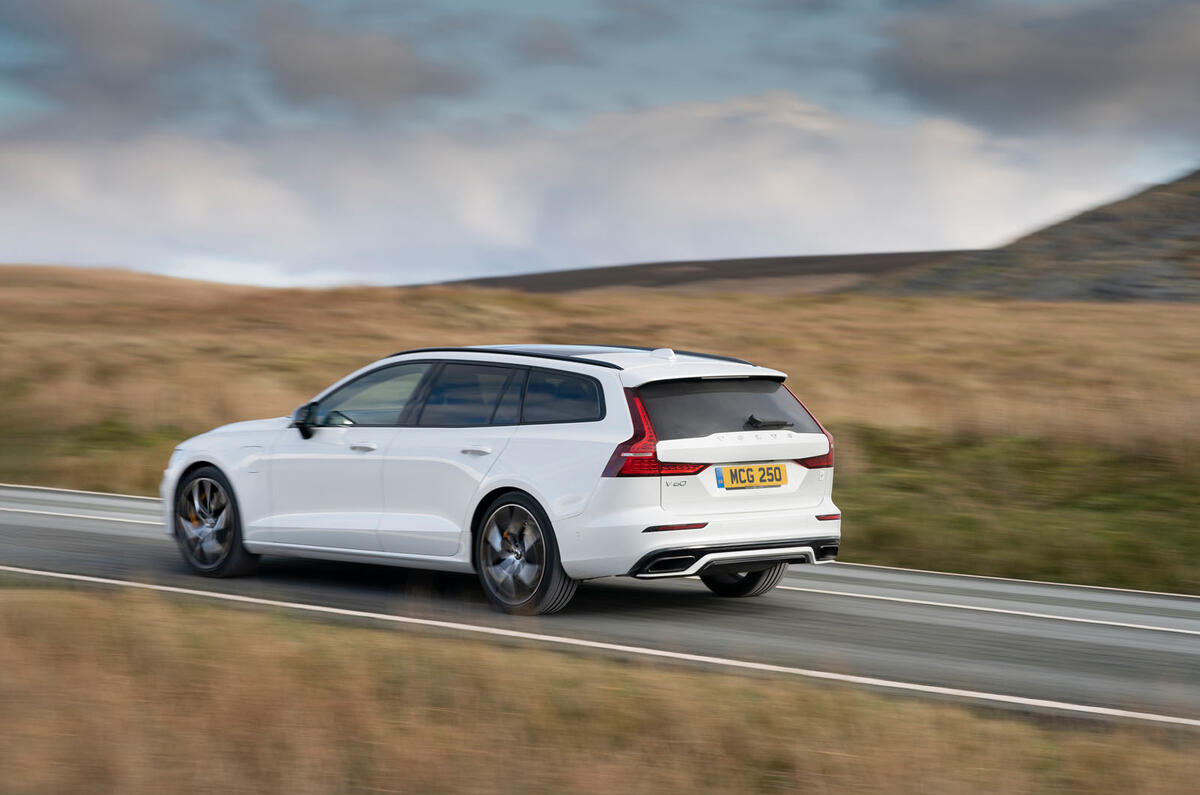
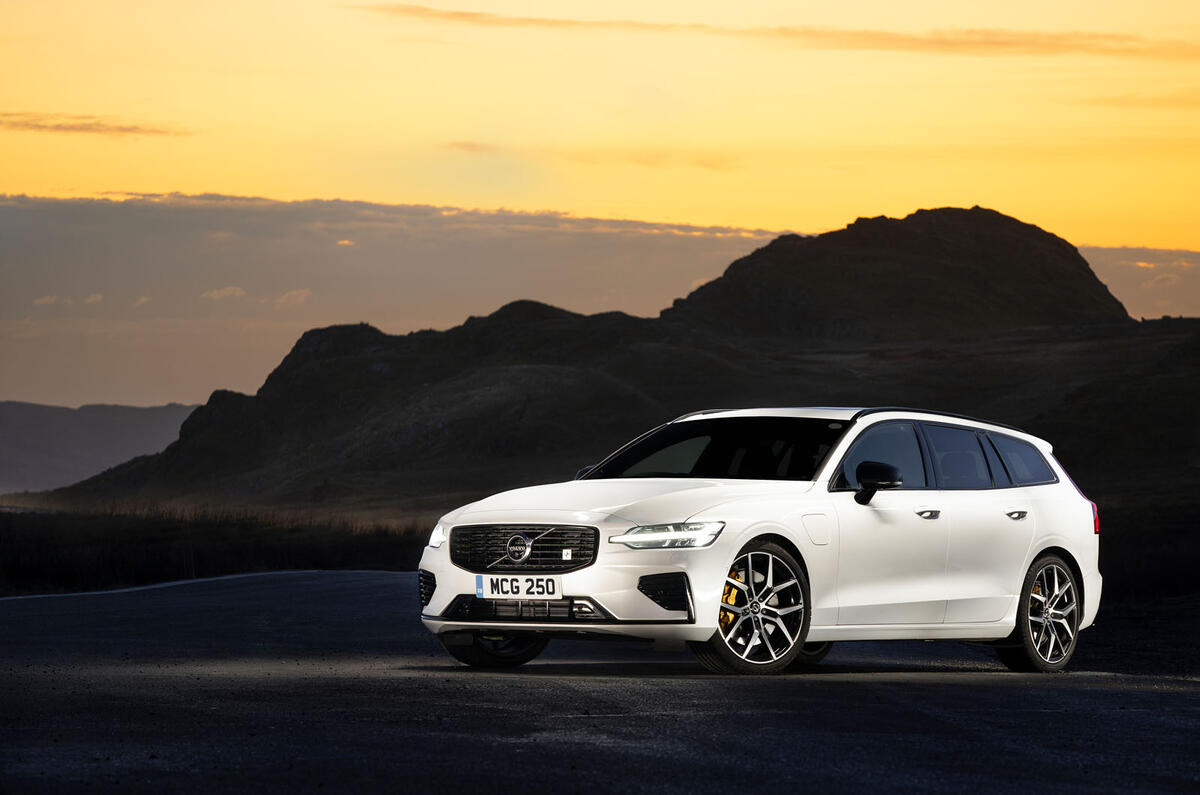

1 Nhận xét
This way my buddy Wesley Virgin's autobiography launches in this SHOCKING AND CONTROVERSIAL video.
Trả lờiXóaAs a matter of fact, Wesley was in the army-and shortly after leaving-he revealed hidden, "SELF MIND CONTROL" secrets that the CIA and others used to get whatever they want.
THESE are the EXACT same secrets many celebrities (notably those who "come out of nowhere") and elite business people used to become wealthy and successful.
You probably know that you use less than 10% of your brain.
Really, that's because the majority of your BRAINPOWER is UNCONSCIOUS.
Maybe this expression has even occurred INSIDE OF YOUR own head... as it did in my good friend Wesley Virgin's head about 7 years ago, while driving a non-registered, beat-up trash bucket of a car without a driver's license and $3.20 in his pocket.
"I'm very fed up with going through life payroll to payroll! When will I become successful?"
You've taken part in those types of conversations, right?
Your very own success story is going to be written. All you have to do is in YOURSELF.
CLICK HERE TO LEARN WESLEY'S METHOD